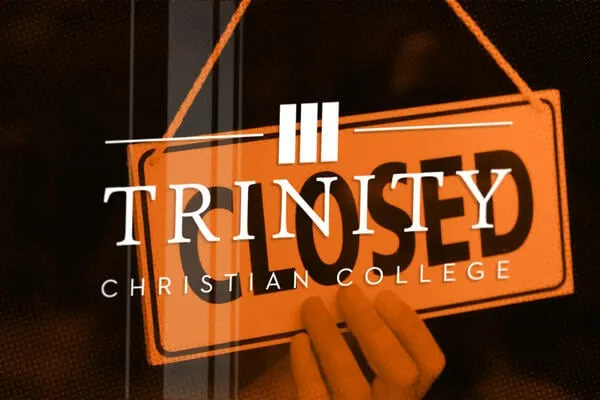New research finds peer instruction models may be less impactful for students with lower standardized test scores than their higher-achieving peers.
miodrag ignjatovic/E+/Getty Images
Introductory STEM courses serve as a gatekeeper for students interested in majors or careers in STEM fields, and students from less privileged backgrounds are often less likely to succeed in those courses.
As a result, researchers have explored what practices can make a difference in student outcomes in such courses, including creating sections with diverse student populations and offering grade forgiveness for students who performed poorly.
A recent research article from the University of Texas at Austin examined the role peer instructors play in helping students from a variety of backgrounds. Researchers discovered that students who were enrolled in an interactive peer-led physics course section had worse learning outcomes and grades than their peers in a lecture section taught by an instructor. Students with lower SAT scores were also less likely to achieve a high grade in the student-taught class.
The research: Historically, instructors teaching STEM courses have delivered content through lectures, with students taking a largely passive role, according to the paper. However, more active learning environments have been tied to higher student engagement and are largely preferred by learners. A May 2024 Student Voice survey by Inside Higher Ed found that 44 percent of respondents said an interactive lecture format helps them learn and retain information best, compared to 25 percent who selected traditional lectures.
Interactive lectures can include instructors asking students questions throughout the class period or creating opportunities for them to reflect on course material, according to the paper. Peer instruction is touted as an effective means of flipped classroom teaching, requiring students to finish readings prior to class and reserving class time for interactive activities.
While previous studies show the value of peer-led instruction, much of that research focused on selective, private institutions, where students may have more similar backgrounds or levels of academic preparation, according to the authors of the new study.
So researchers designed a study that would compare apples to apples: They looked at the outcomes for students learning physics in one course section taught by a professor using interactive lectures versus one taught by the same professor but using peer-led small-group discussions to see which had a greater impact.
The results: The paper analyzed the learning outcomes of two sections of students in an introductory mechanics course at a large public institution over three years.
Students completed identical homework and midterm exams on the same days and had the opportunity to attend identical tutoring sessions supported by teaching assistants.
Though the course is designed for physics and astronomy majors, students from other majors participated as well. Each section had between 41 and 82 students, for a total of 367 students taking the course over three years.
Not only did students in the peer-instruction section have lower grades, but students who had lower SAT scores from high school were less likely to demonstrate learning in fundamental concepts, as well as less likely to earn an A, compared to their peers with similar test scores taught by the professor via interactive lecture. However, students with higher SAT scores made smaller gains (less dramatic grade increases or learning demonstrated) in the lecture section compared to students taught through peer-led discussion groupss, which researchers believe could mean that students with less academic preparation may benefit more from an instructor-led course, while their peers who had a high achievement history in high school could thrive more in a peer-led section.
The analysis does not provide an explanation for why these differences exist, but researchers theorized that group work or peer dependency could result in some students being less knowledgeable about content matter because they trust others in the class to answer correctly. Creating postdiscussion follow-up questions can lessen this learning gap.
We bet your colleague would like this article, too. Send them this link to subscribe to our newsletter on Student Success.
(This article has been updated to clarify the way the study was constructed.)



